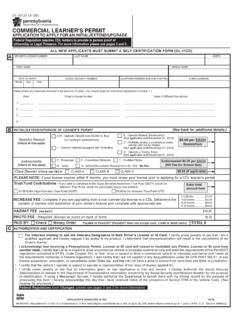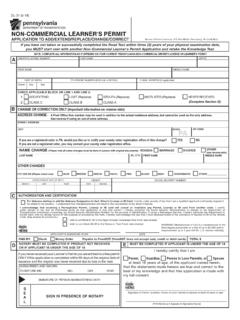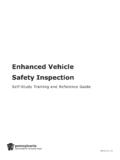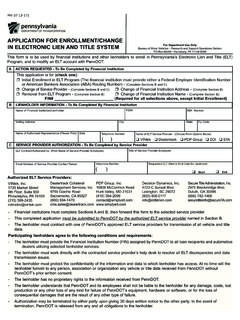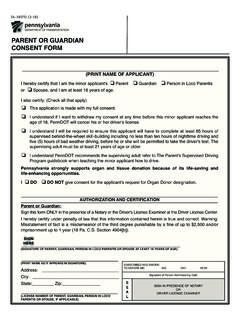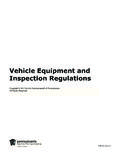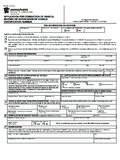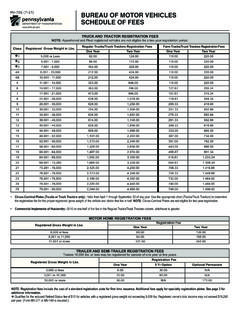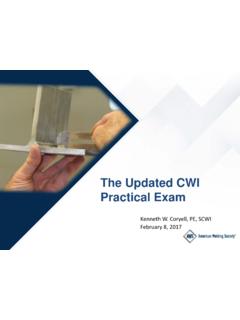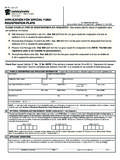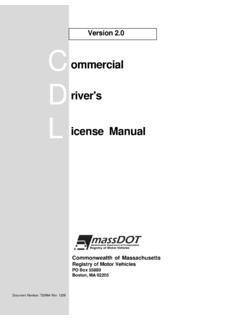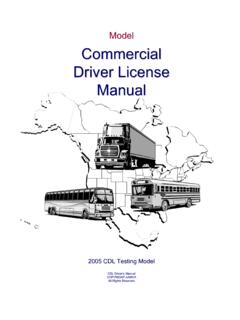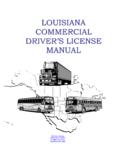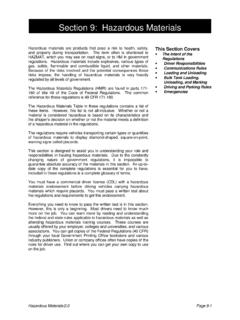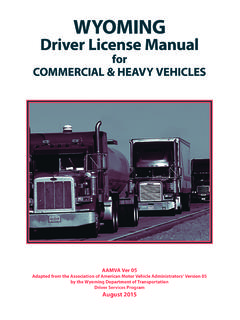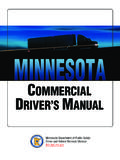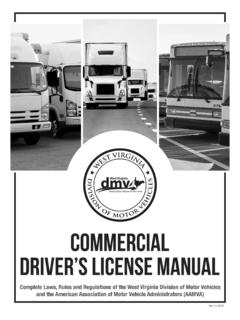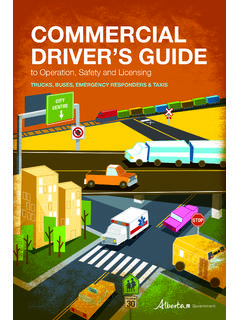Transcription of Commercial Driver’s License Manual SECTION 4
1 Commercial Driver's License Manual SECTION 4. tRansPoRtInG PassenGeRs safelY. tHIs SECTION Is foR drivers needInG. a PassenGeR endoRsement SECTION -4 Transporting Passengers Safely SECTION 4 - tRansPoRtInG PassenGeRs safelY. Commercial Driver's License Manual tHIs SECTION coveRs vehicle Inspection loading & trip start on the Road after-trip vehicle Inspection Prohibited Practices Use of brake-door Interlocks Bus drivers must have a Commercial driver's License if they drive a vehicle designed to seat more than 16 or more persons, including the driver or 11 or more if driving a school bus. Bus drivers must have a passenger endorsement on their Commercial driver License .
2 To get the endorsement you must pass a knowledge test on Sections 2 and 4 of this Manual . (If your bus has air brakes, you must also pass a knowledge test on SECTION 5.) You must also pass the skills tests required for the class of vehicle you drive. veHIcle InsPectIon Before driving your bus, you must be sure it is safe. You must review the inspection report made by the previous driver. only if defects reported earlier have been certified as repaired or not needed to be repaired, should you sign the previous driver's report. this is your certification that the defects reported earlier have been fixed. Vehicle Systems make sure these things are in good working order before driving: Service brakes, including air hose couplings (if your bus has a trailer or semitrailer).
3 Parking brake. Steering mechanism. Lights and reflectors. tires (front wheels must not have recapped or regrooved tires). Horn. Windshield wiper or wipers. rear-vision mirror or mirrors. coupling devices (if present). Wheels and rims. Emergency equipment. Access Doors and Panels As you check the outside of the bus, close any open emergency exits. Also, close any open access panels (for baggage, restroom service, engine, etc.) before driving. Bus Interior People sometimes damage unattended buses. Always check the interior of the bus before driving to ensure rider safety. Aisles and stairwells should always be clear. the following parts of your bus must be in safe working condition: Each handhold and railing.
4 Floor covering. Signaling devices, including the restroom emergency buzzer, if the bus has a restroom. Emergency exit handles. the seats must be safe for riders. All seats must be securely fastened to the bus. SECTION -4 Transporting Passengers Safely 4-1. Commercial Driver's License Manual never drive with an open emergency exit door or window. the "Emergency Exit" sign on an emergency door must be clearly visible. If there is a red emergency door light, it must work. turn it on at night or any other time you use your outside lights. Roof Hatches You may lock some emergency roof hatches in a partly open position for fresh air.
5 Do not leave them open as a regular practice. Keep in mind the bus's higher clearance while driving with them open. make sure your bus has the fire extinguisher and emergency reflectors required by law. the bus must also have spare electrical fuses, unless equipped with circuit breakers. Use Your Seatbelt! the driver's seat should have a seat belt. Always use it for safety. loadInG and tRIP staRt do not allow riders to leave carry-on baggage in a doorway or aisle. there should be nothing in the aisle that might trip other riders. Secure baggage and freight in ways that avoid damage and: Allow the driver to move freely and easily.
6 Allow riders to exit by any window or door in an emergency. Protect riders from injury if carry-ons fall or shift. figure 4-2 SECTION -4 Transporting Passengers Safely Commercial Driver's License Manual Hazardous Materials Watch for cargo or baggage containing hazardous materials. most hazardous materials cannot be carried on a bus. those hazardous materials permitted must meet certain conditions. the Federal Hazardous materials table shows which materials are hazardous. they pose a risk to health, safety, and property during transportation. the rules require shippers to mark containers of hazardous material with the material's name, identification number, and hazard label.
7 There are nine different four-inch, diamond-shaped hazard labels. See Figure Watch for the diamond-shaped labels. do not transport any hazardous material unless you are sure the rules allow it. Forbidden Hazardous Materials Buses may carry small-arms ammunition labeled orm-d, emergency hospital supplies, and drugs. You can carry small amounts of some other hazardous materials if the shipper cannot send them any other way. Buses must never carry: division poison gas, liquid class 6 poison, tear gas, irritating material. more than 100 pounds of solid class 6 poisons. Explosives in the space occupied by people, except small arms ammunition.
8 Labeled radioactive materials in the space occupied by people. more than 500 pounds total of allowed hazardous materials, and no more than 100 pounds of any one class. riders sometimes board a bus with an unlabeled hazardous material, which they may not know is unsafe. do not allow riders to carry on common hazards such as car batteries or gasoline. Standee Line no rider may stand in front of the standee line which is forward of the rear of the driver's seat. Buses designed to allow standing must have a two-inch line on the floor or some other means of showing riders where they cannot stand. this is called the standee line.
9 All standing riders must stay behind it. At Your Destination When arriving at the destination or intermediate stops announce: the location. reason for stopping. next departure time. Bus number. remind riders getting off the bus to take carry-ons with them. If the aisle is on a lower level than the seats, remind riders of the step-down. this should be announced by the driver before coming to a complete stop. charter bus drivers should not allow riders on the bus until departure time. this will help prevent theft or vandalism of the bus. on tHe Road Passenger Supervision many charter and intercity carriers have passenger comfort and safety rules.
10 Mention rules about smoking, drinking, or use of radio and tape players at the start of the trip. Explaining the rules at the start will help to avoid trouble later on. While driving, scan the interior of your bus as well as the road ahead, to the sides, and to the rear. You may have to remind riders about rules, or to keep arms and heads inside the bus. SECTION -4 Transporting Passengers Safely 4-3. Commercial Driver's License Manual At Stops riders can stumble when getting on or off, and when the bus starts or stops. caution riders to watch their step when leaving the bus. Wait for them to sit down or brace themselves before starting.
